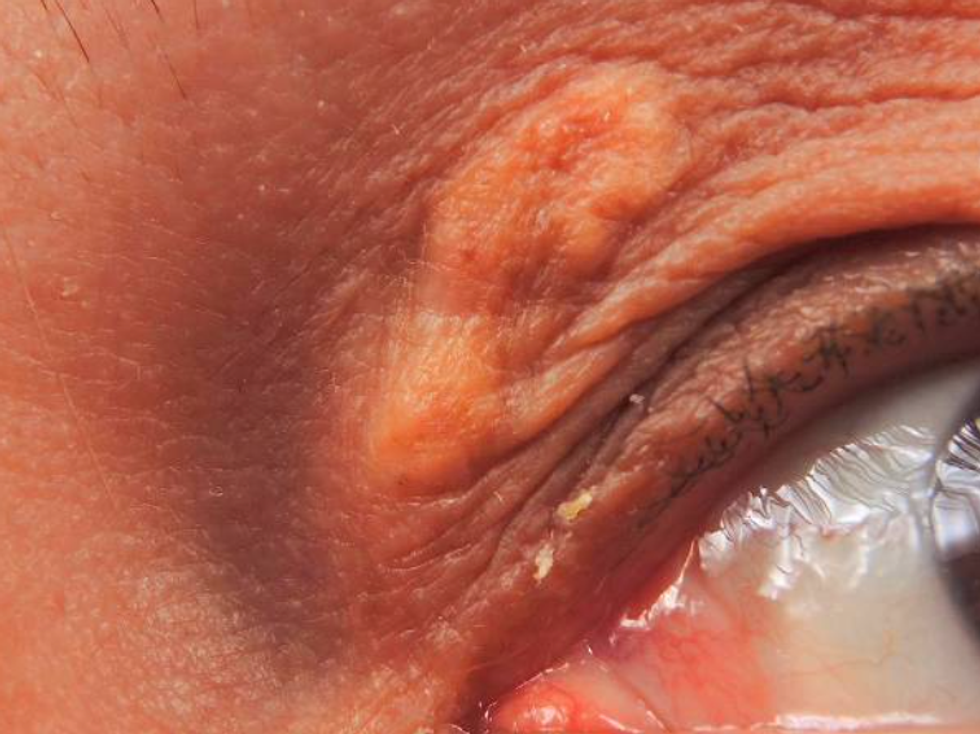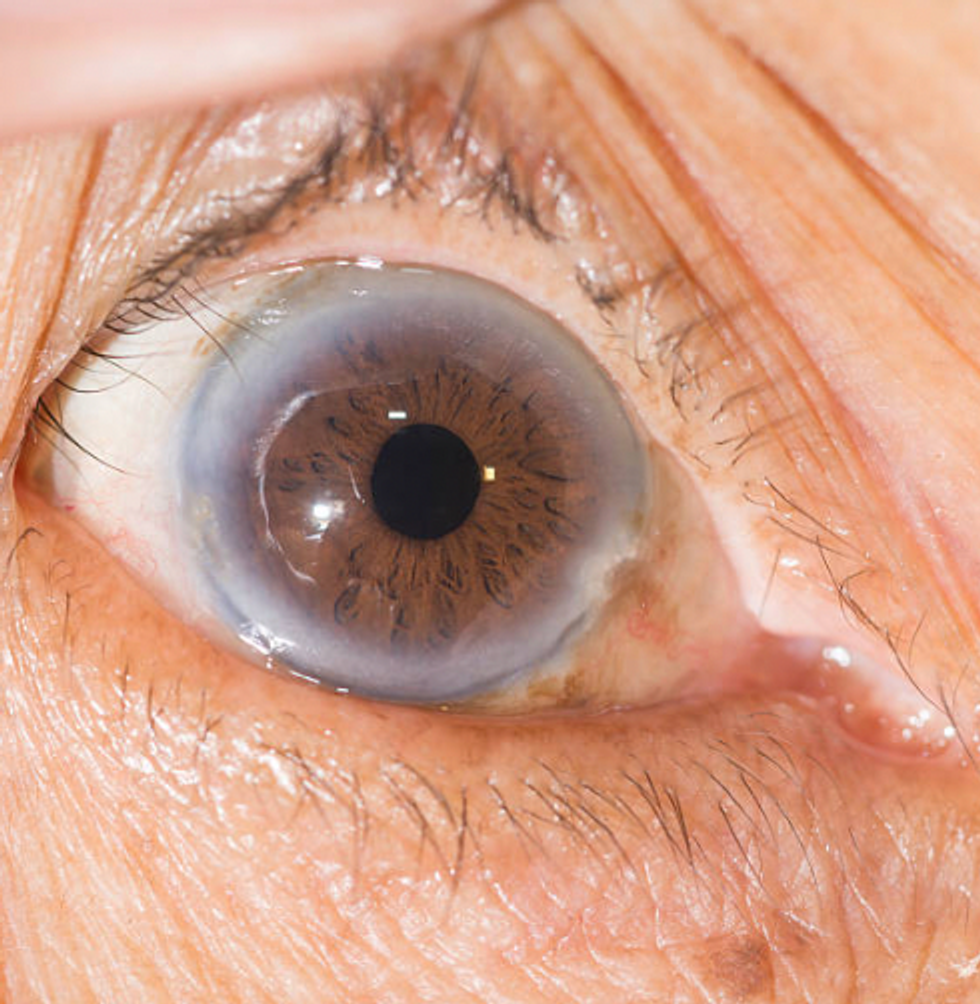How to tell you have high cholesterol simply by looking in the mirror - what we know about the warning signs

High cholesterol isn't always a "silent killer"
Don't Miss
Most Read
High cholesterol belongs to an infamous club of conditions that you cannot see.
Along with high blood pressure, elevated cholesterol levels raise your risk of heart disease and other serious complications without ever bubbling up to the surface.
There are exceptions to the rule. Occasionally these waxy deposits burst into view.
GB News asked our resident doctor about the ways high cholesterol can present on the skin.
"You can get yellowish-orange growths on your skin if your cholesterol levels are high," NHS Doctor Renée Hoenderkamp explained.
According to the doc, these waxy lumps are cholesterol deposits under your skin. When they form on the eyelids they are called xanthelasma.

Xanthelasma are deposits that form on the eyelids
|Getty Images
Research suggests approximately half of individuals with xanthelasma exhibit abnormal cholesterol levels.
They are called xanthoma when they form elsewhere on the skin.
As Doctor Hoenderkamp explains, they are painless and can appear in many areas, but especially in the corners of your eyes.
Eruptive xanthoma
This sudden appearance of bumps all over the skin area affected can look like a rash, warts, or molluscum contagiosum, our resident doc explains.
"They are actually fatty deposits of cholesterol caused by extremely high levels of triglycerides (a type of cholesterol) in the blood. Triglycerides is often high in familial hypercholesterolaemia." she said.
FH is a genetic disease which results in the reduced clearance of atherogenic LDL-cholesterol (“bad cholesterol”) in the blood, and an increased risk of early heart disease.
Seeing clearly
Your eyes can also offer a window into your cholesterol levels.
One ocular sign of high cholesterol is a "bluish ring" that forms near the outside of the cornea, the otherwise clear, front part of the eye, explains the State University of New York College of Optometry.
These rings, called “arcus senilis,” appear most commonly with age as more cholesterol gets deposited into the cornea, the health body notes.
LATEST DEVELOPMENTS

One ocular sign of high cholesterol is a 'bluish ring' that forms near the outside of the cornea
|Getty Images
One sign that is very serious and potentially blinding is a plaque observed inside one of the small arteries within the eye, known as a Hollenhorst plaque, warns the New York College of Optometry
This is a buildup of cholesterol that has broken off from a clot “upstream" usually from a much larger artery such as the carotid artery, the health body warns.
"The plaque in the eye will block the flow of blood further 'downstream', therefore occluding that artery and causing death to the tissue that is fed by that artery."
Facing the facts
FH is extremely rare and most people will not experience symptoms as a result of high cholesterol.
The only way to know for sure is to have a blood test for your cholesterol levels.
Doctor Hoenderkamp recommends including apolipoproteins (a major protein component of lipoproteins) in that test because these are the ones that confer the cardiac risk that your cholesterol levels may hold for you.










